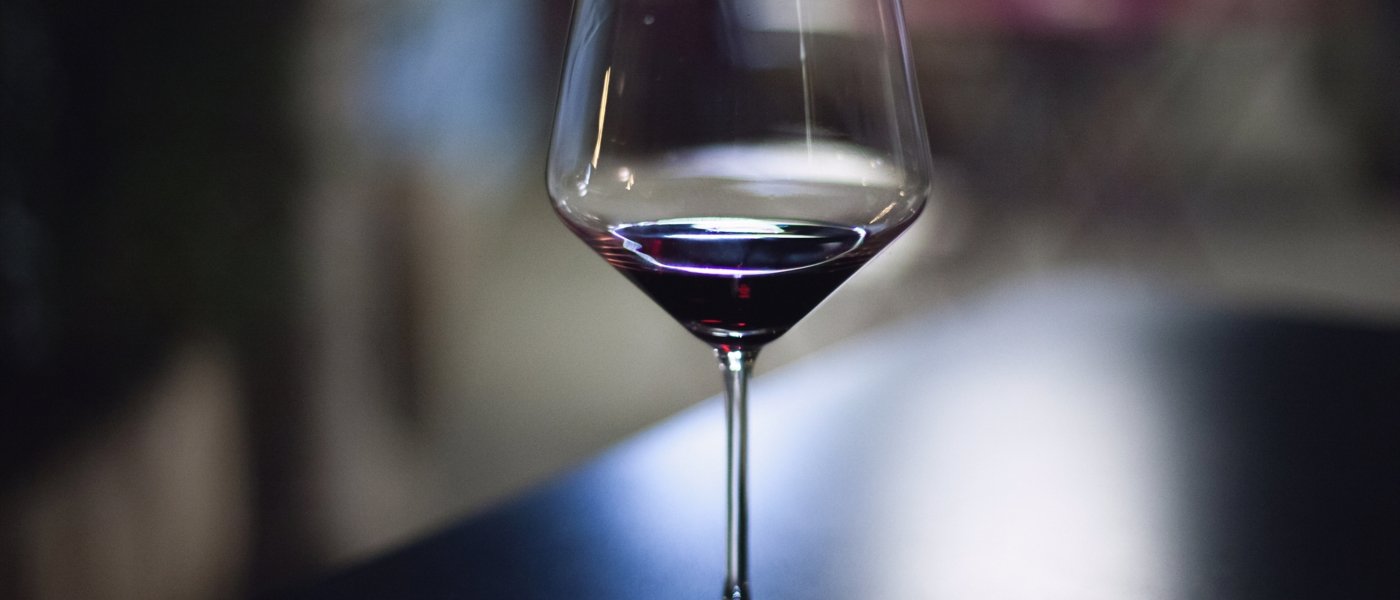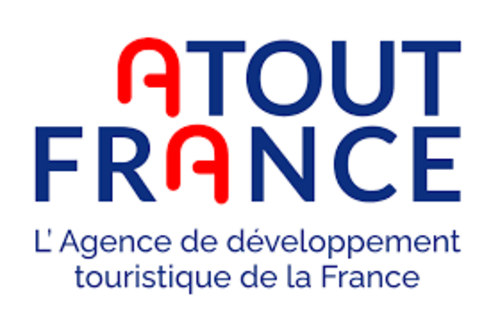The quality of Cabernet Sauvignon, Syrah and Merlot produced in this area proved his critics wrong and Don Maximiliano is most certainly not the only person growing wine grapes in the Aconcagua valley today. The winery bearing his name has been joined by many other prominent producers, although it still continues to dominate the Aconcagua Valley wine region. Aconcagua has in fact earned international prestige for its red wines with a Bordeaux-style wine from the region – one of Chile’s premier red wines – beating of the likes of Château Lafite and Château Margaux in the 2004 Berlin tasting. This comparative tasting, just like the famous 1976 judgement of Paris, represented a major milestone for the Chilean wine industry.
A wine region watched over by a stone sentinel
The Aconcagua wine region is named after both the Aconcagua river running through the valley as well as the highest mountain in the Andes, Mount Aconcagua, on its eastern edge. The vineyards follow the course of the river transporting fresh meltwater and minerals down from the mountain peaks to the Aconcagua Valley wine region and on to the Pacific. Thus, the stone sentinel, Mount Aconcagua truly does watch over the valley, providing it with the water necessary for irrigation in this hot dry region and contributing elements to its terroir, from the minerals contained in salt and the altitude the Andes afford the vineyards tumbling down their foothills to the cool air flowing down to the valley in the evenings. These breezes - combined with the cool air sucked in from the Pacific Ocean in the morning as the hot air in the east rises when the warm, dry land heats up - are what moderates the climate in this otherwise very hot climate, enabling the cultivation of vines in this, Chile’s hottest wine region.
Explore the range of Aconcagua Valley wine styles
The hot interior, mitigated by cooling breezes, is well-suited for producing serious red wines, such as Cabernet Sauvignon, Bordeaux Blends and Carménère. The gentler intermediate region, towards the west benefits more from coastal breezes and is home to many historic Aconcagua wine estates producing Chilean classics. Whereas, expansion is taking place on the hillsides of the coastal range in Manzanar, and vineyards cooled by the Pacific breezes are now showing exciting potential for Sauvignon Blanc, Chardonnay and Pinot Noir as pioneering winemakers explore the cultivation of cool-climate white wine grape varieties. However, the Aconcagua Valley wine region remains best-known for its ripe, fruity Cabernet Sauvignon, Syrah, Petit Verdot and Carménère.
Interestingly, until relatively recently Chilean wine regions were divided practically from north to south in line with administrative boundaries. Whilst an initiative of recent years is to delineate the vineyards into regions from west to east, meaning that the system is being slowly modified to reflect the impact of the Andes and the Pacific – both cooling influences. So now valleys such as Aconcagua have an Andes, an Entre Cordilleras (between mountain ranges) and a Costa (coastal) region, and this is reflected in their wine styles.
Explore this prominent Chilean wine region on exclusive wine-tasting tours
Although small, Aconcagua is recognised for helping to put modern Chilean wine on the world wine map. In line with the country’s new west to east demarcation, pioneering winemakers and viticulturists are now exploring terroir and matching varieties to the best vineyard location. This burgeoning region is expanding and exciting things are expected from it in the future, so what better time to visit and discover the liquid treasure of the Aconcagua Valley wine region. Our local guides at Wine Paths will help you put together the perfect programme.
If you're interested in one of our Chile Wine Tours, please visit this link.






